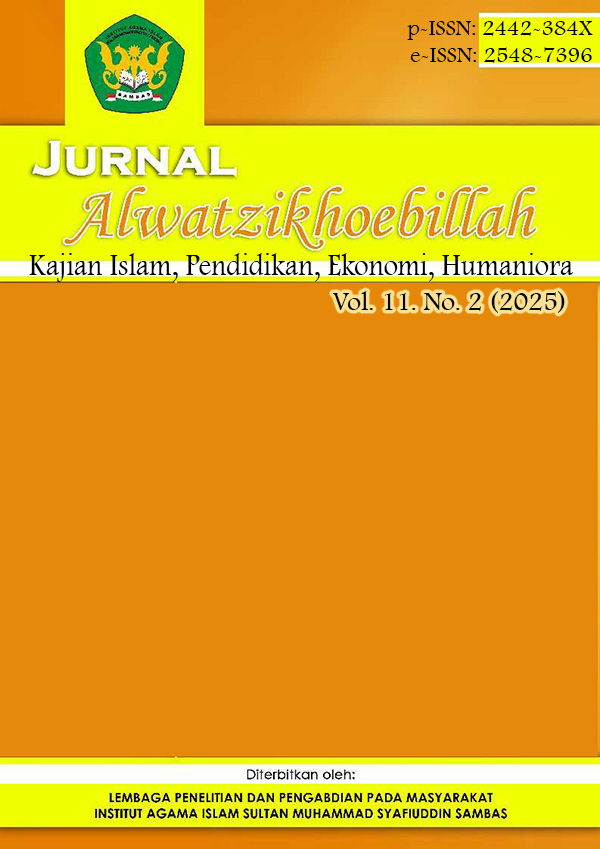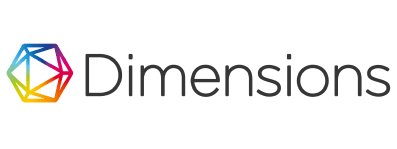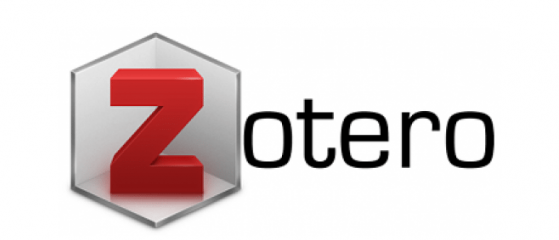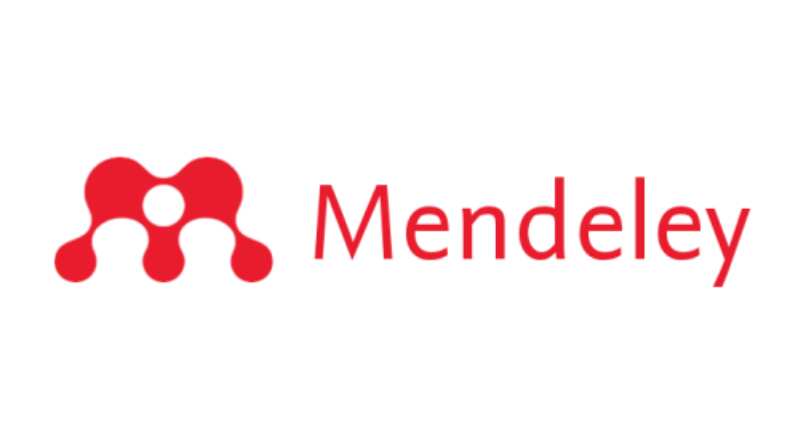Politeness in Requesting and Refusing within Students' Conversation at SMP Al-Washliyah 24 Medan
Abstract
The purpose of this study is to examine the use of politeness strategies in requesting and refusing within students' conversations at SMP Al-Washliyah 24 Medan, particularly among Generation Z learners in the millennial era. This research adopts a qualitative approach, using interviews and observation as instruments for data collection. The data were analyzed qualitatively to assess how students apply politeness in everyday communication. The findings reveal that students' approaches to learning, discussion styles, and use of learning resources are significantly influenced by their surrounding environment and upbringing. Although students are actively involved in various school-based activities and organizations, a decline in manners and moral values was observed, which is attributed to generational shifts and reduced emphasis on character education. Furthermore, the influence of technological advancement and liberal educational practices appears to shape students’ critical thinking, particularly in adapting to frequent changes in curriculum and learning models.
References
Alharbi, M. (2019). The Role of an Instructor’s Asynchronous Feedback in Promoting Students’ Interaction and Text Revisions. International Journal of English Linguistics, 9(3), Article 3. https://doi.org/10.5539/ijel.v9n3p23
Anggreni, N. P. Y., & Antara, I. M. A. R. (2021). THE POLITENESS EXPRESSIONS IN USING INDONESIAN IN THE CLASSROOM VERBAL INTERACTION A STUDY CASE AT THE HOSPITALITY BUSINESS MANAGEMENTSTUDENTS OF TOURISM FACULTY OF TRIATMA MULYA UNIVERSITY BALI. Jurnal Manajemen Pelayanan Hotel, 5(2), Article 2. https://doi.org/10.37484/jmph.050201
Azwan, A. (2018). POLITENESS STRATEGIES OF REFUSALS TO REQUESTS BY AMBONESE COMMUNITY. LINGUA: Jurnal Bahasa, Sastra, Dan Pengajarannya, 15(1), Article 1. https://doi.org/10.30957/lingua.v15i1.440
Creswell, J. W. (2014). Research design: Qualitative, quantitative, and mixed methods approaches (4th ed.). SAGE Publications, Inc. https://www.pdfdrive.com/qualitative-quantitative-and-mixed-methods-approaches-e91943566.html
Indrawati, Tarjana, S. S., & Nurkamto, J. (2018). Politeness in Firends TV Series: Does it Represent American Value? 5–11. https://jurnal.uns.ac.id/prosidingprasasti/article/view/32038/21402
Kamlasi, I. (2017). The Positive Politeness in Conversations Performed by the Students of English Study Program of Timor University. Metathesis: Journal of English Language, Literature, and Teaching, 1(2), Article 2. https://doi.org/10.31002/metathesis.v1i2.467
Kurniasih, I. (2014). Implementasi Kurikulum 2013: Konsep dan Penerapan. Kata Pena.
Kurniasih, I., & Sani, B. (2017). PENDIDIKAN KARAKTER : Internalisasi dan Metode Pembelajaran di Sekolah (1st ed.). Kata Pena. https://perpustakaan.binadarma.ac.id/opac/detail-opac?id=3674
Miles, M. B., & Huberman, A. M. (1994). Qualitative Data Analysis (R. Holland, Ed.; 2nd ed.). SAGE Publications, Inc.
Mustari, M. (2014). Reflection Character Value for Education. Rajawali Press.
Noble, H., & Smith, J. (2014). Qualitative Data Analysis: A Practical Example. Evidence-Based Nursing, 17(1), 2–3. https://doi.org/10.1136/eb-2013-101603
Oetomo, H. (2012). Basic Guidelines for Character Education. PT. Prestation Library.
Pandang, A., Umar, N. F., Mantasiah, M., Arifyadi, A., & Amirullah, M. (2024). Factors Influencing the Language Politeness Behavior of The Z Generation. 6(1), 1–17. https://doi.org/10.51214/00202406848000
Sugiyono. (2015). Metode Penelitian Pendidikan Pendekatan Kuantitatif, Kualitatif, dan R & D (21st ed.). Alfabeta.
Syam, F. (2015). POLITENESS IN REQUESTING AND REFUSING IN TEACHER’S INSTRUCTIONS (A Descriptive Study at SMA Negeri 4 Bantimurung) [MUHAMMADIYAH UNIVERSITY OF MAKASSAR]. https://digilibadmin.unismuh.ac.id/upload/1600-Full_Text.pdf
Togatorop, F. (2019). Politeness strategies used in the conversation between the students of finance and banking department in Murni Sadar Polytehnic Pematangsiantar. Journal of English Teaching as a Foreign Language, 5(1), 37–48.
Copyright (c) 2025 Nurhayani

This work is licensed under a Creative Commons Attribution-ShareAlike 4.0 International License.





















